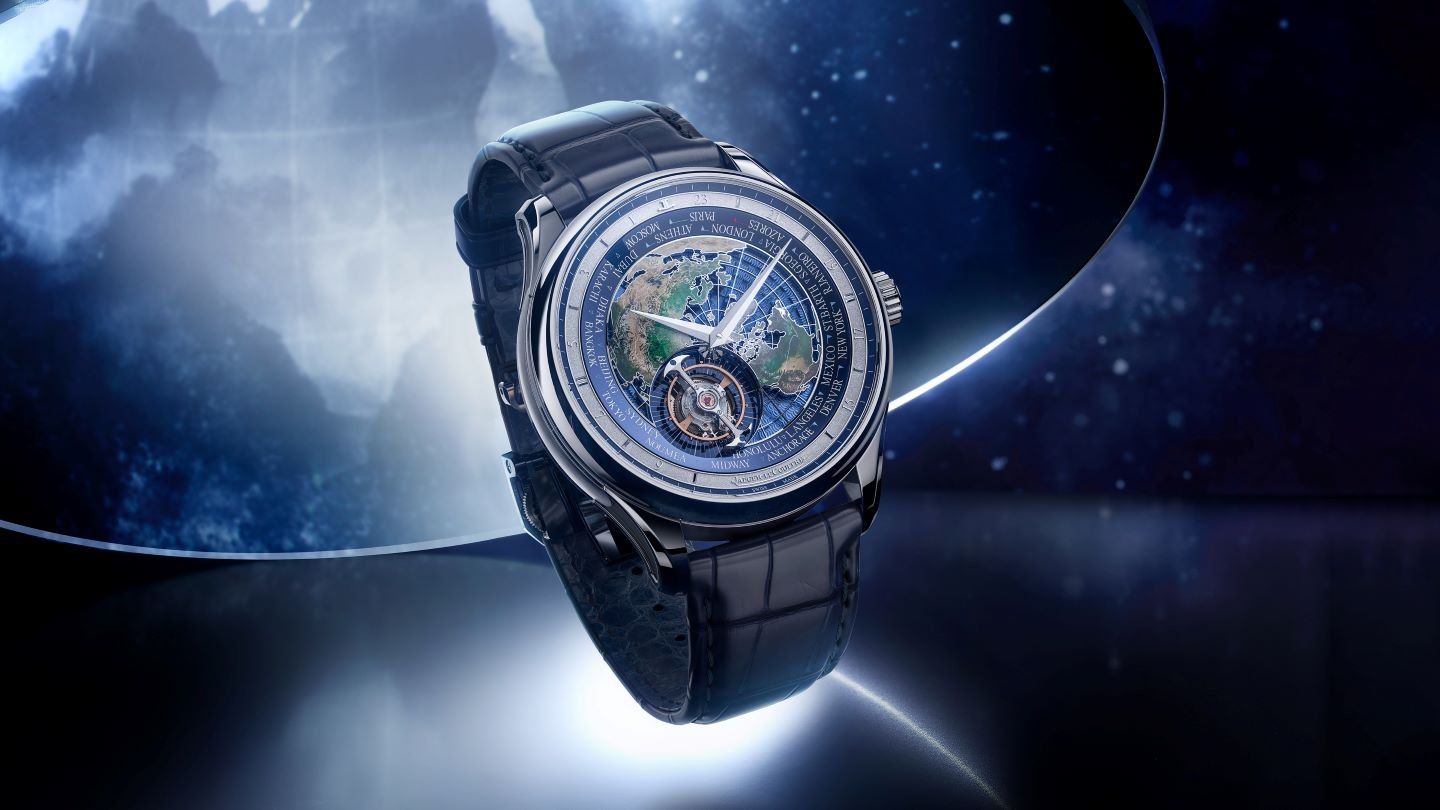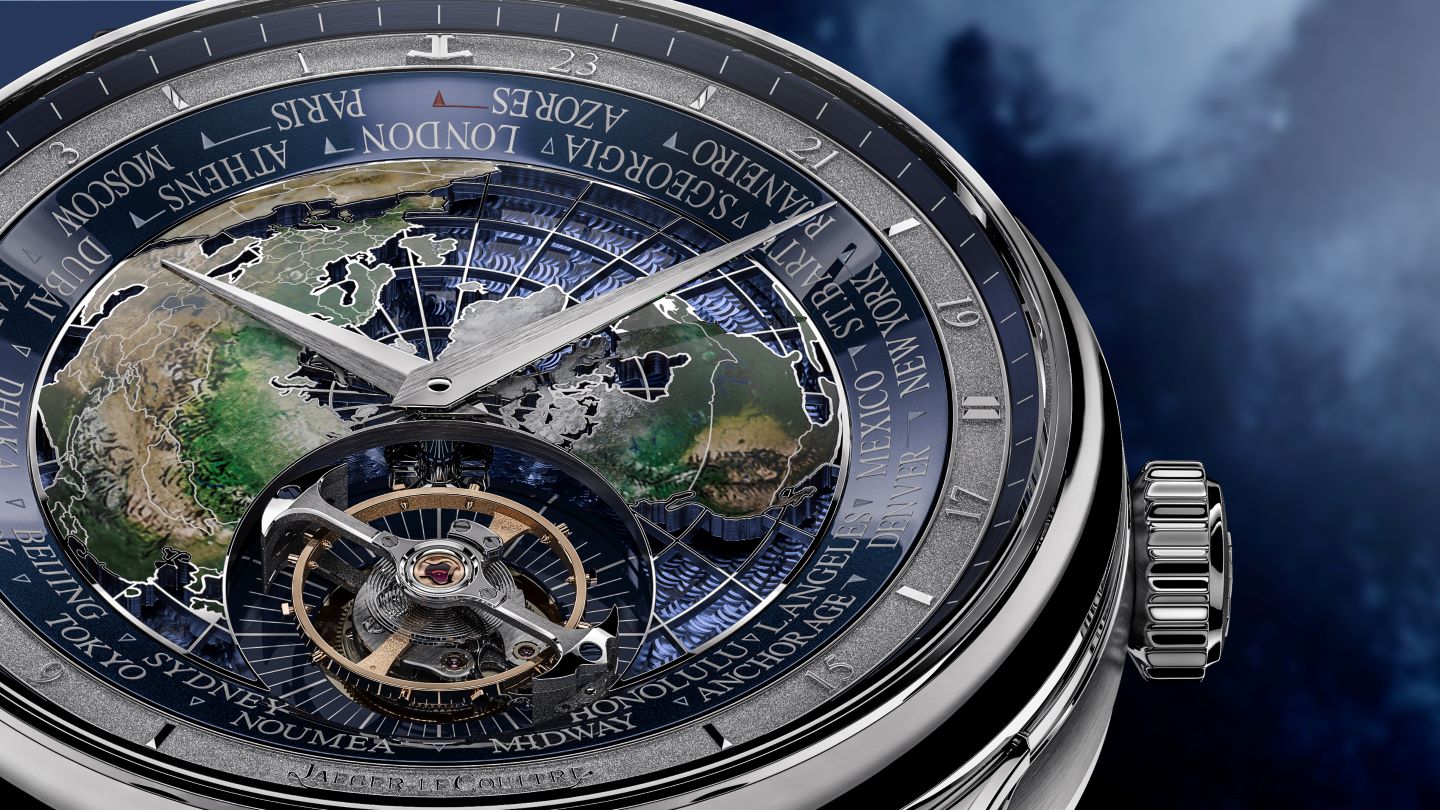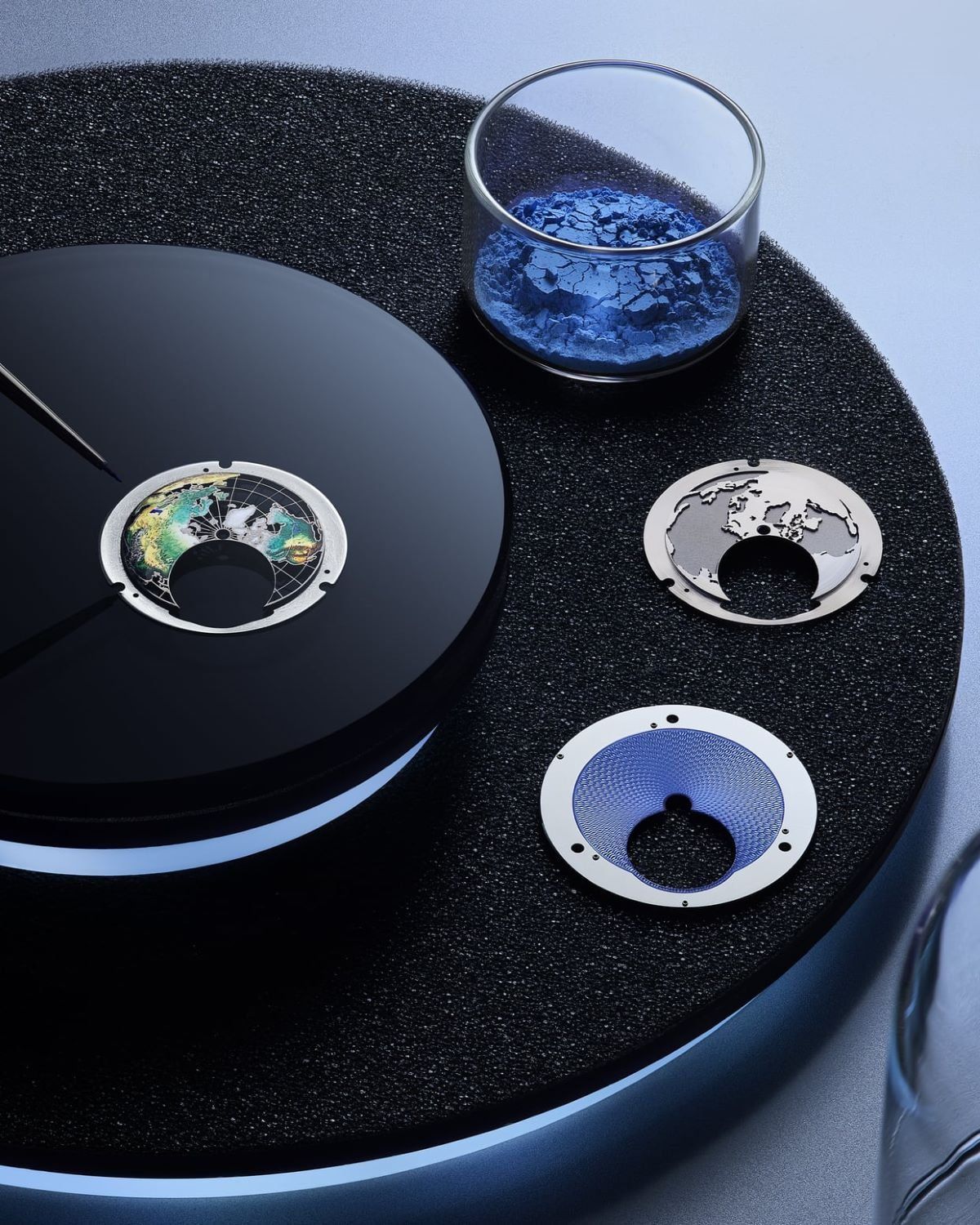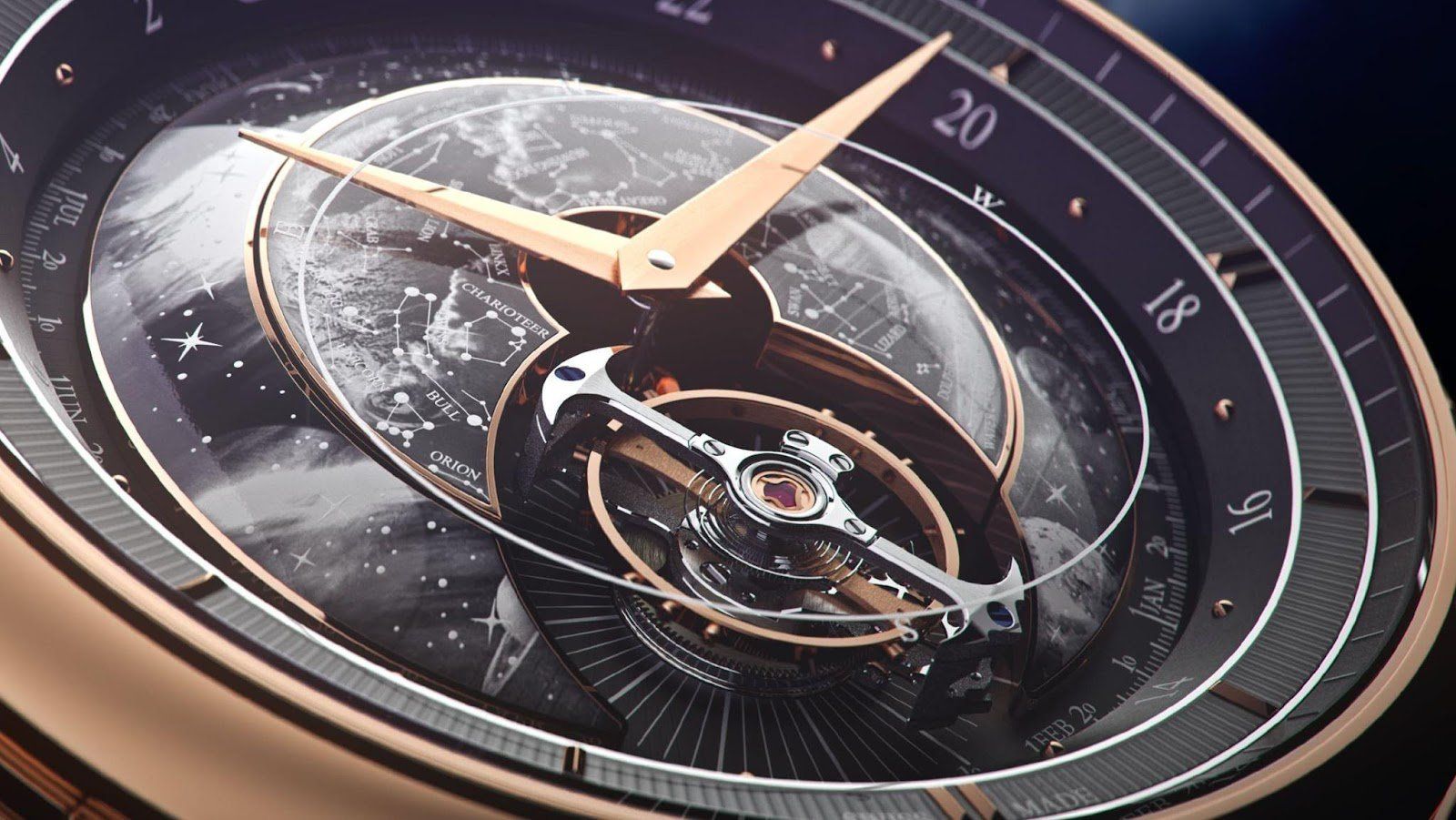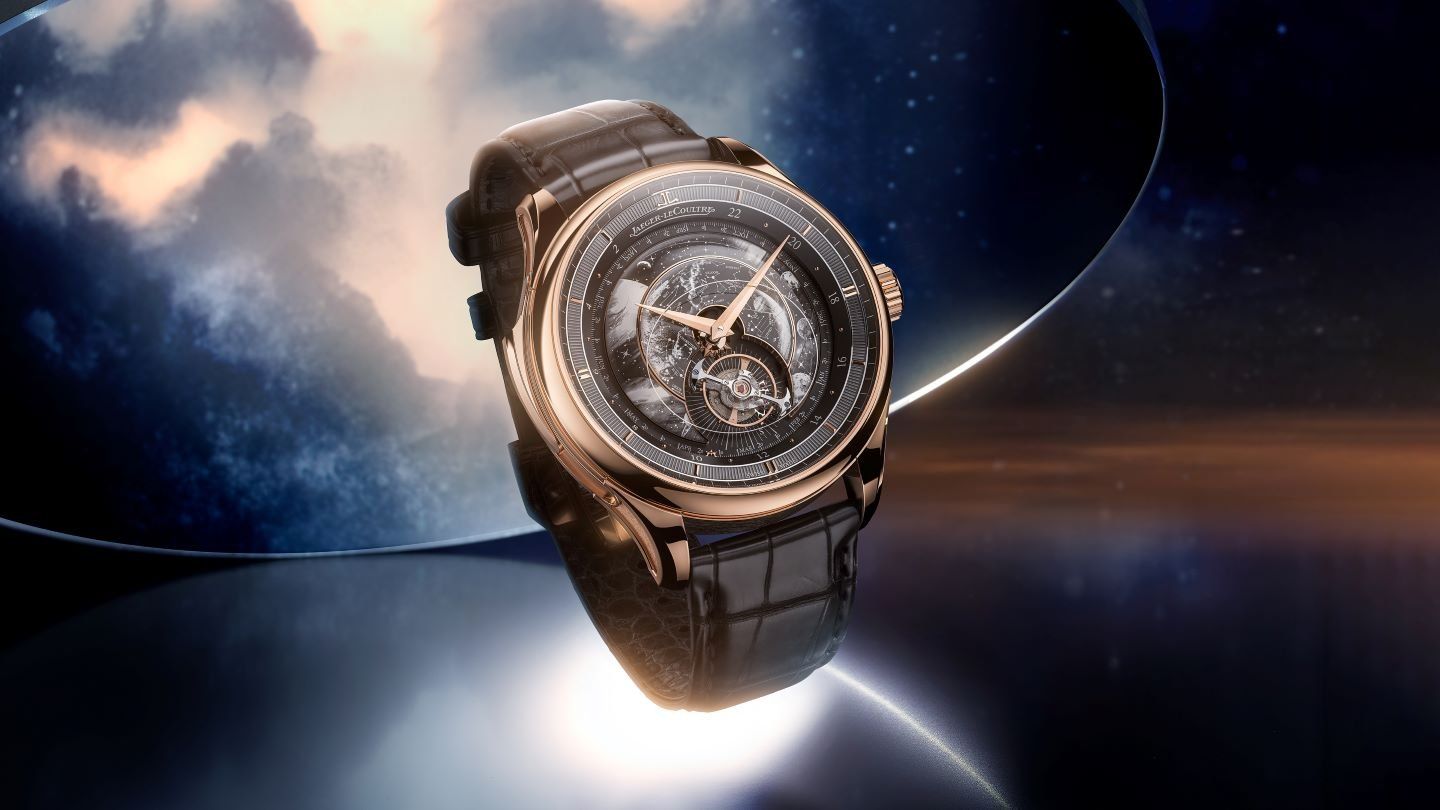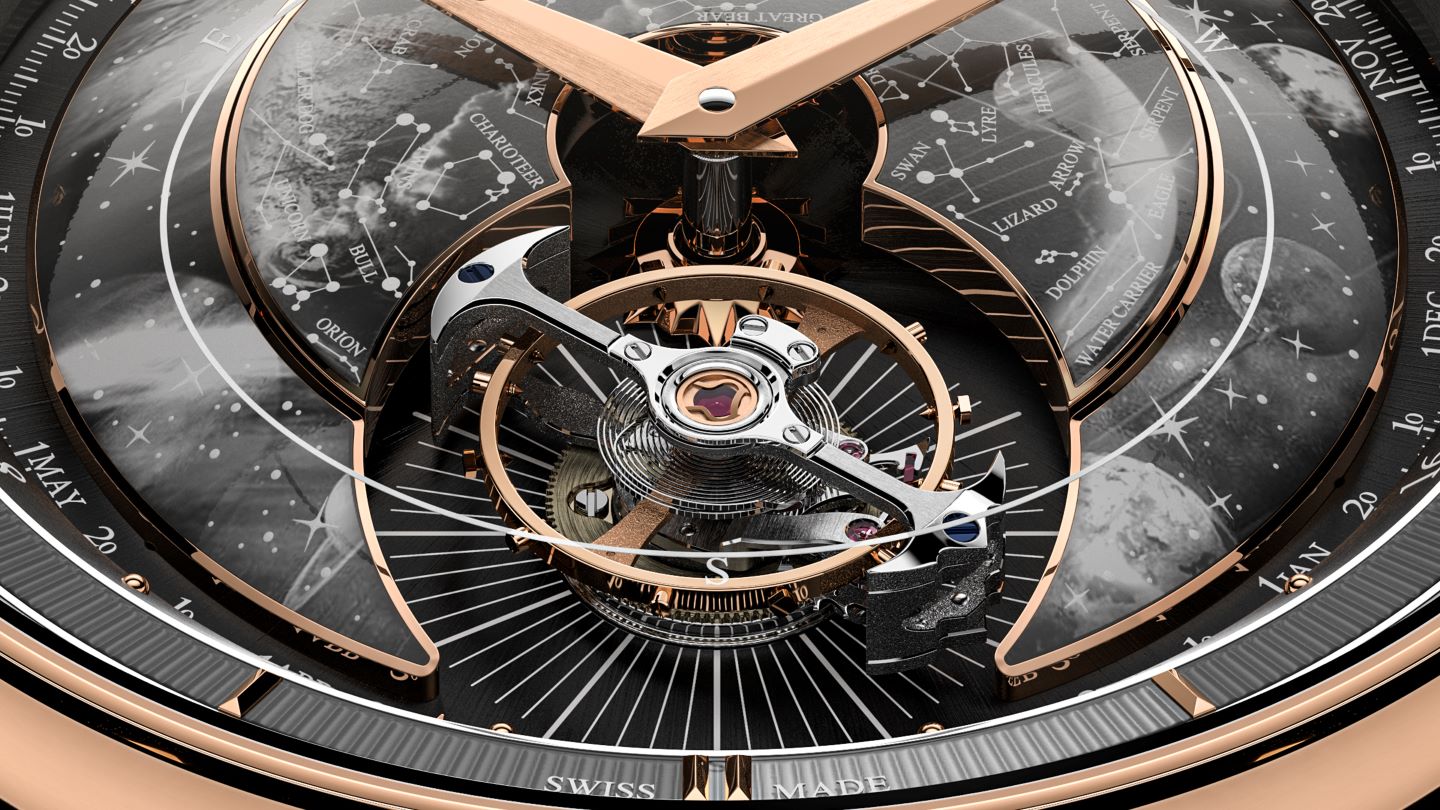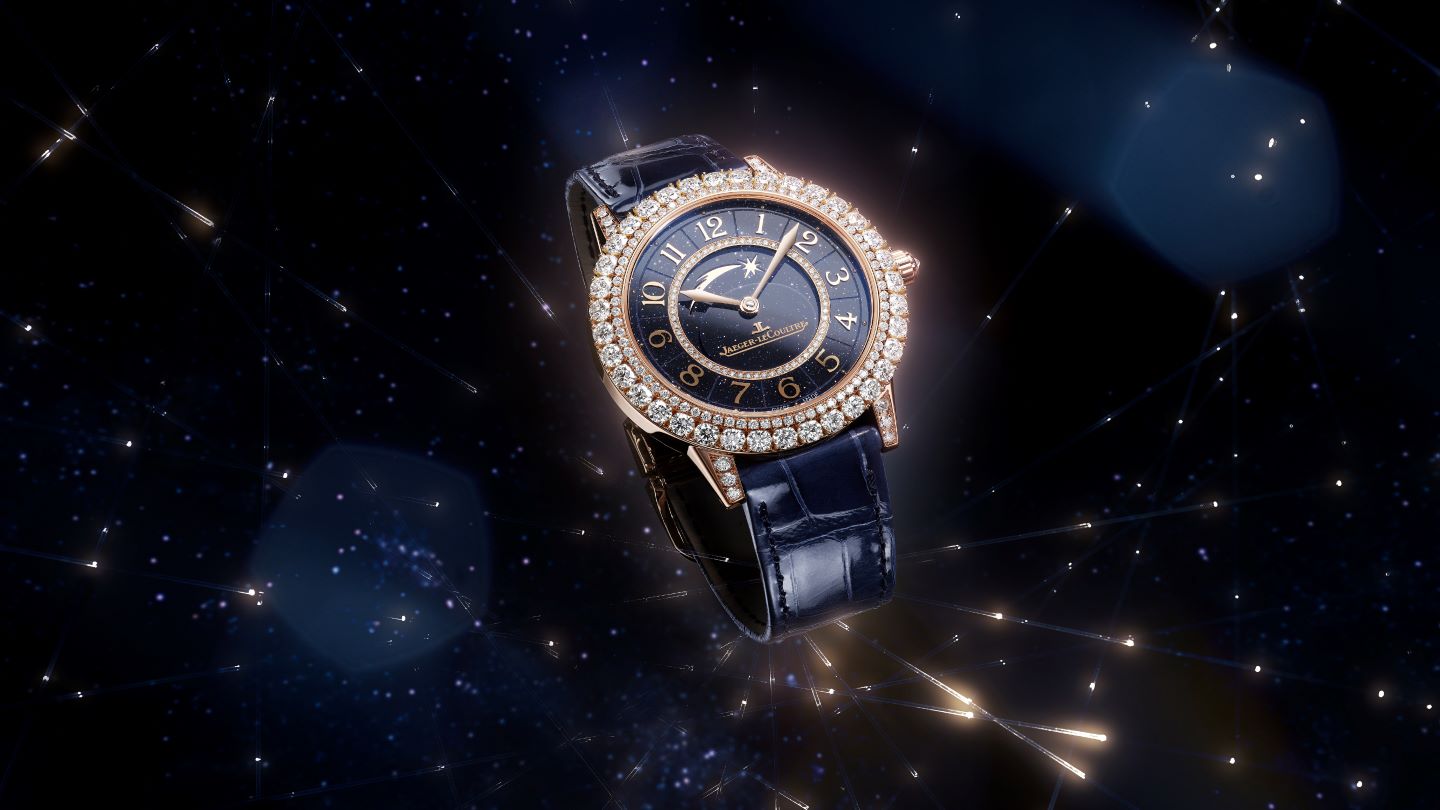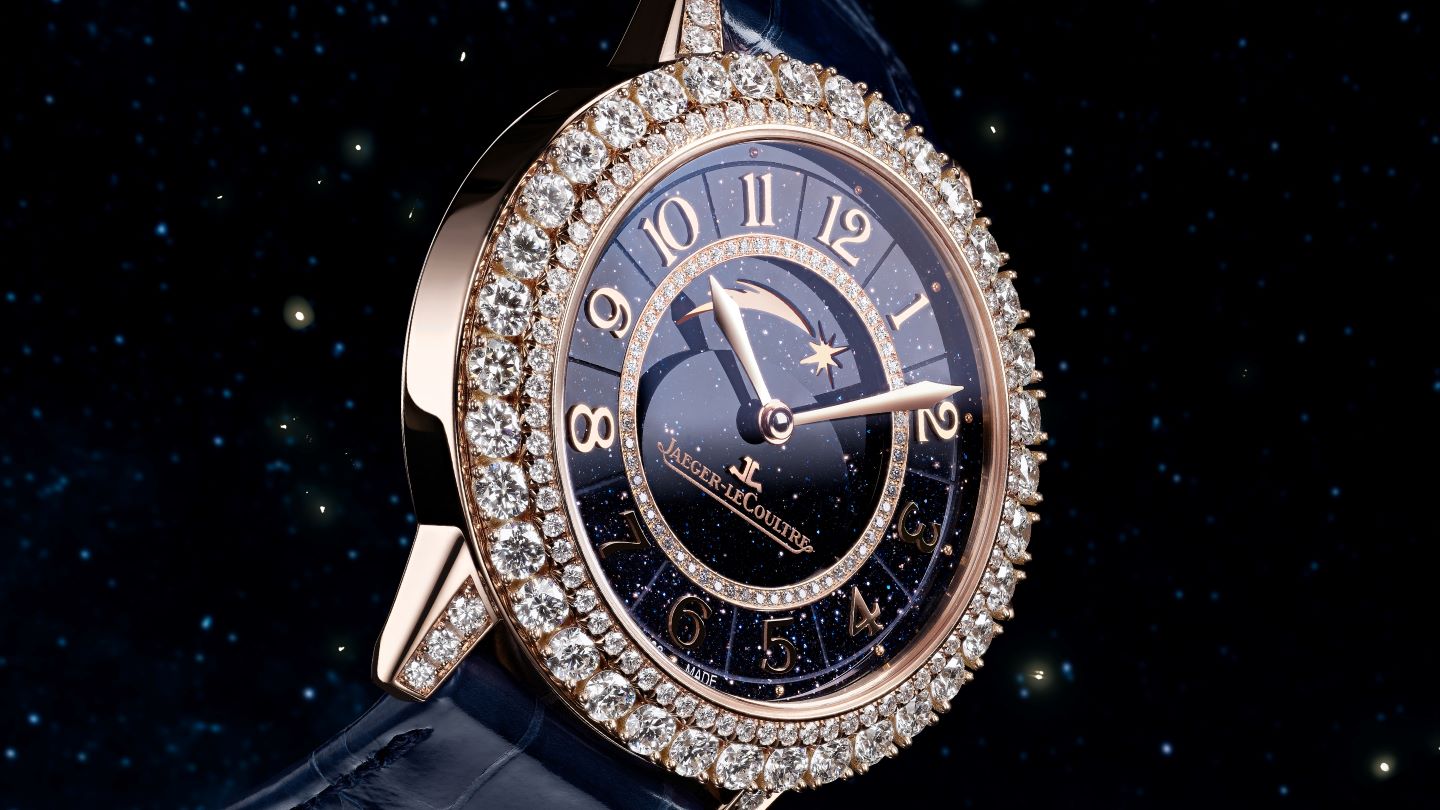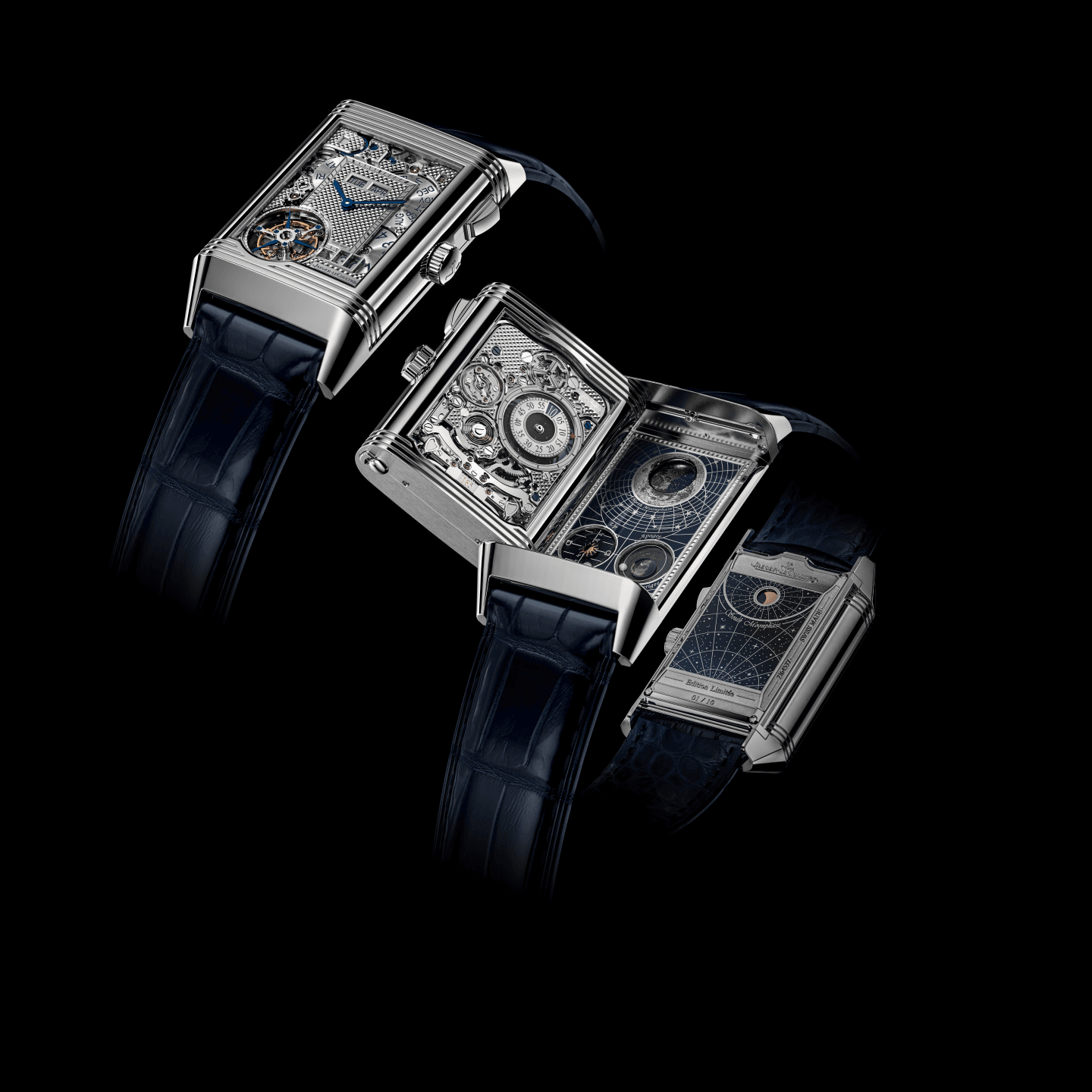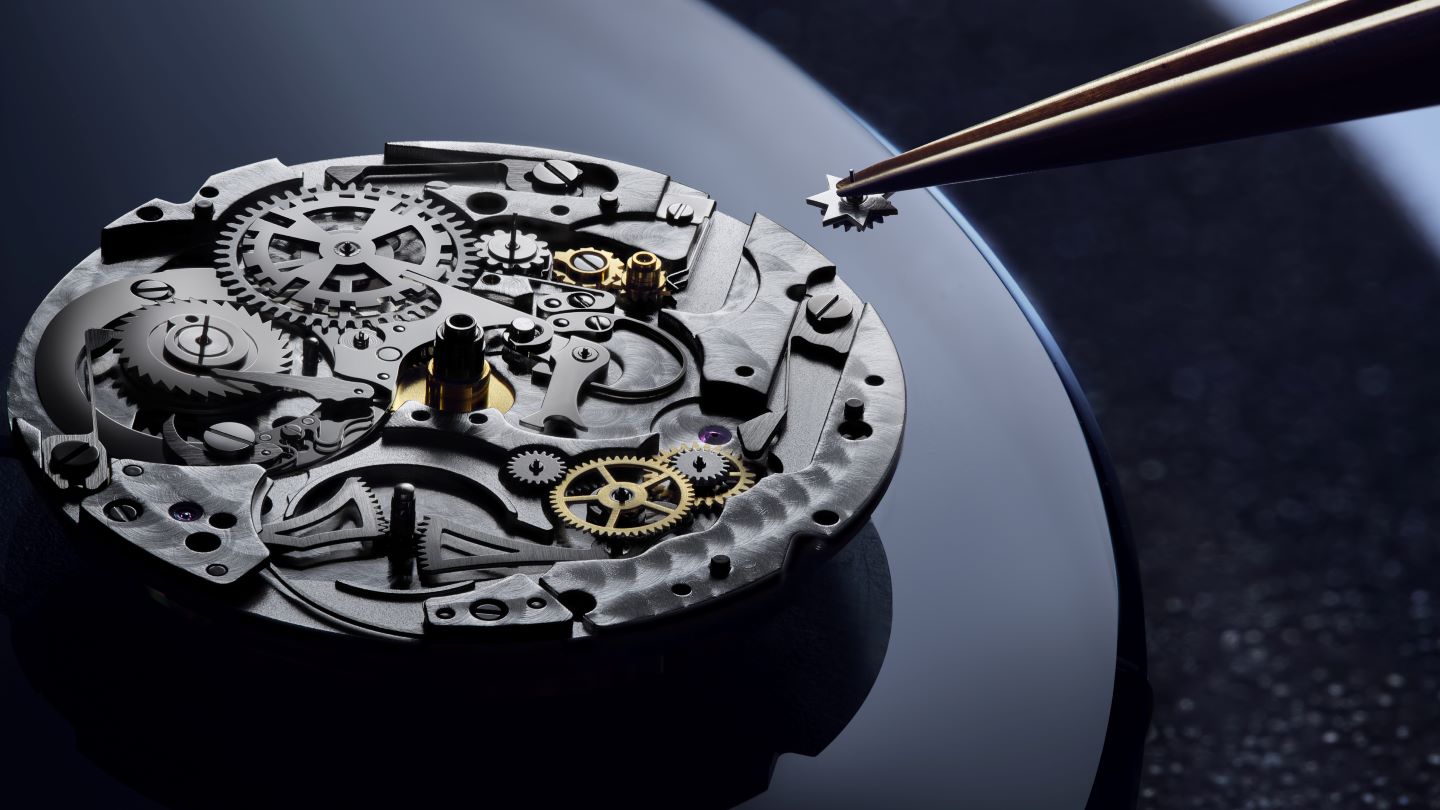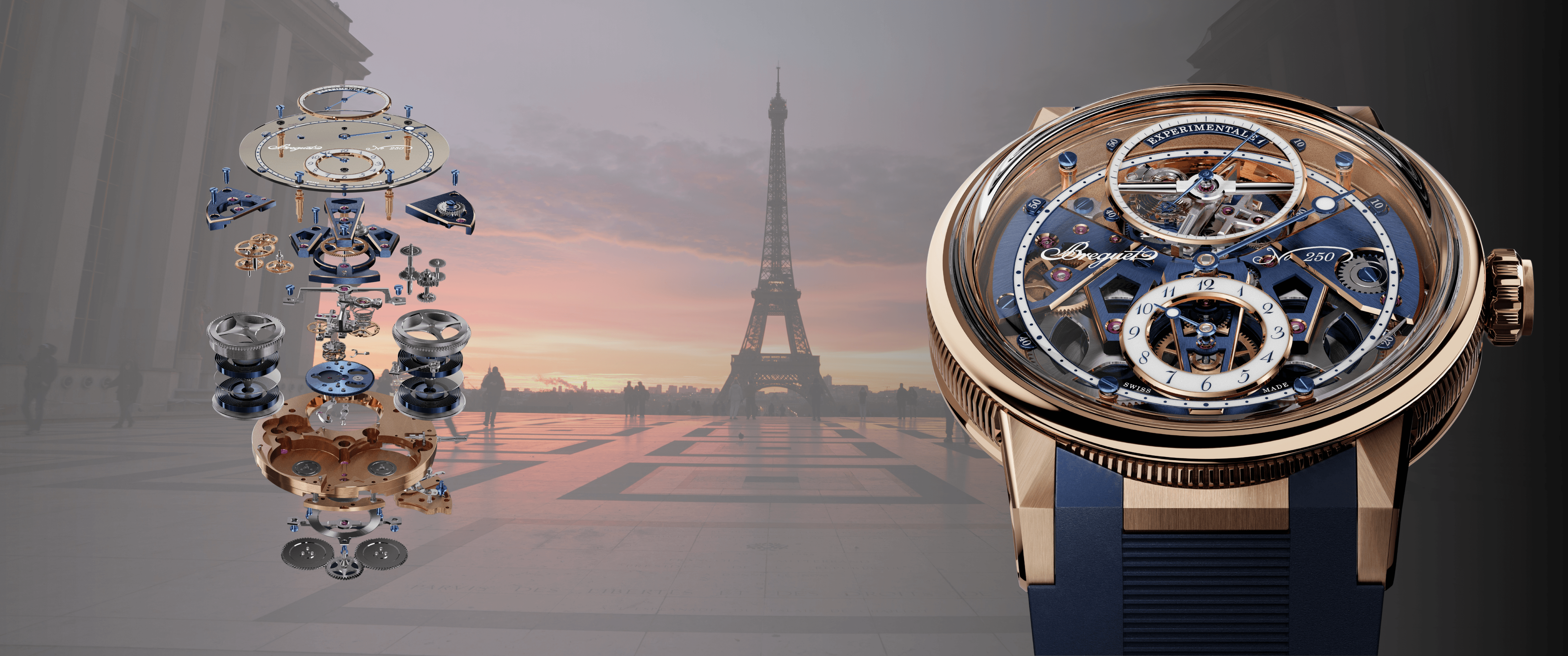Celestial Complications You Can Witness At The Jaeger-LeCoultre Exhibit In Dubai
The entire watch community is all geared up to unravel the mystery of the cosmos with Jaeger-LeCoultre, dissecting the essence of timekeeping which pays homage to celestial complications and elevating the journey of the Stellar Odyssey.
With immersive workshops, digital shows and mixologists at your perusal, what complications will you witness at this magnanimous exhibit? From everlasting calendars and equations of time to sky maps and draconic and anomalistic lunar cycles, the Stellar Odyssey provides a chance to see some of the Manufacture's most intricate works of art. Let’s explore the magic of the cosmos!
MASTER GRANDE TRADITION CALIBER 948
The Master Grande Tradition Caliber 948 is the ultimate expression of the Grande Maison's mastery in both outstanding watchmaking and the artisanal skills of the Atelier des Métiers Rares. The Caliber 948 has 388 parts and features a World-Time complication with with a flying Tourbillon that completes one rotation of the dial every 24 hours. The enamelled dome and the rest of the piece's components complement the intricate beauty of the mechanism and create a stunning visual display.
In addition to its technological expertise, La Grande Maison's artistic prowess is on display in the form of a stunning new visual manifestation of the world-time complication. The dial is divided into sub-dials, with each sub-dial being individually hand-assembled to express the excellent Caliber 948, a nod to the depth and complexity of time measurement.
The globe, as seen from the North Pole, is not flat but rather is suspended above the dial bed on a skeleton formed by the Northern Hemisphere's longitudes and latitudes. The continents' outlines are hand-cut from a sheet of white gold and embellished with champlevé enamel by the master craftspeople of the Manufacture's Métiers Rares® studio; miniature-painted details of important landscape features add interest and refinement.
Underneath the dome, which represents the oceans, is a disc of bright blue translucent lacquer that sits atop a wavy guilloché design that represents the motion of the sea and the effect of the moon on its tides. The flying tourbillon appears to float above the blue oceans in a circular aperture on one side of the map, spinning in 60 seconds.
The Caliber 948 by Jaeger-LeCoultre was the first time a flying tourbillon was combined with a world-time complication. In addition, the Universal Tourbillon completes one revolution of the dial once every 24 hours, which is the duration of an average solar day. The automated caliber is a showcase of Jaeger-technical LeCoultre's prowess because it was conceived, developed, and manufactured fully in-house.
HYRBIS ARTISTICA CALIBER 945
With two exquisite new interpretations of its Grande Complication Caliber 945, La Grande Maison honours its artistic originality and mastery of the decorative crafts while asserting its mechanical innovation. This unique motion calls for this exceptional habillage, and the new Master Hybris Artistica delivers. This union of difficulties is given new artistic expression by Galaxia and Master Hybris Artistica Atomium. The multi-tiered dial, which was hand-decorated by the Manufacture's Métiers Rares® workshop, highlights the Cosmotourbillon and the elegance of the watch's astronomical motif.
Jaeger-LeCoultre debuted its use of grisaille enamel for the star map. A style of painting that developed in 16th-century France. The dials of the Master Hybris Artistica Caliber 945 capture the night sky with stunning realism thanks to this sophisticated method.
The dials are multi-tiered and dominated by a dome that wraps around the Cosmotourbillon, which is meant to be a subtle reference to the way the night sky forms a dome above us when we gaze at the stars. The names of the months and the tourbillon seconds are transferred white and are displayed on the dial's deepest level, which can be seen around the edge of the dome and beneath the tourbillon.
The dome's outer filigree, which gives the building its name, "Atomium," is reminiscent of the lines that connect the stars to form constellations. Midnight blue grisaille enamel and a superimposed star map on the domed celestial disc enhance the cosmic theme.
The stars, which were formerly called the "daisy chains of the gods," have always captivated humans. Constellations were discovered and named by ancient civilizations because it is human nature to see patterns. The watchmakers at La Grande Maison have created a mechanism to showcase this astronomical facet of timekeeping by showing the location of the constellations as seen from the Manufacture's headquarters in the Vallée de Joux. Joining the astronomical complications with a minute repeater, this outstanding timepiece pushes Jaeger-knowledge LeCoultre's of chiming timepieces to new heights. In addition to the caliber 945's already impressive precision, the addition of the Cosmotourbillon takes it to a whole new level.
RENDEZ-VOUS SHOOTING STAR
The captivating cosmic phenomena of shooting stars is brought down to earth by La Grande Maison on the wrist in four magnificent interpretations that celebrate the house's artistic prowess and mastery of the ornamental and jewellery crafts while also reinforcing the house's technical ingenuity.
The white gold case of the Rendez-Vous Shooting Star features a dial with delicate silvery blue tones, while the pink gold case of the same watch features a display with gentle golden browns. Inspired by the mystery and grandeur of the night sky, the artisans of Jaeger-Métiers LeCoultre's Rares® atelier have developed innovative techniques to depict the brand's signature astronomical complications.
The Rendez-Vous Dazzling's diamond-set bezel and the deep blue aventurine dial are the ideal backdrop for Jaeger-innovative LeCoultre's new shooting star mechanism. The shooting star sweeps across the middle of the dial at random intervals triggered by the wearer's wrist motion, evocative of the rarity and unpredictability of this spectacular phenomena.
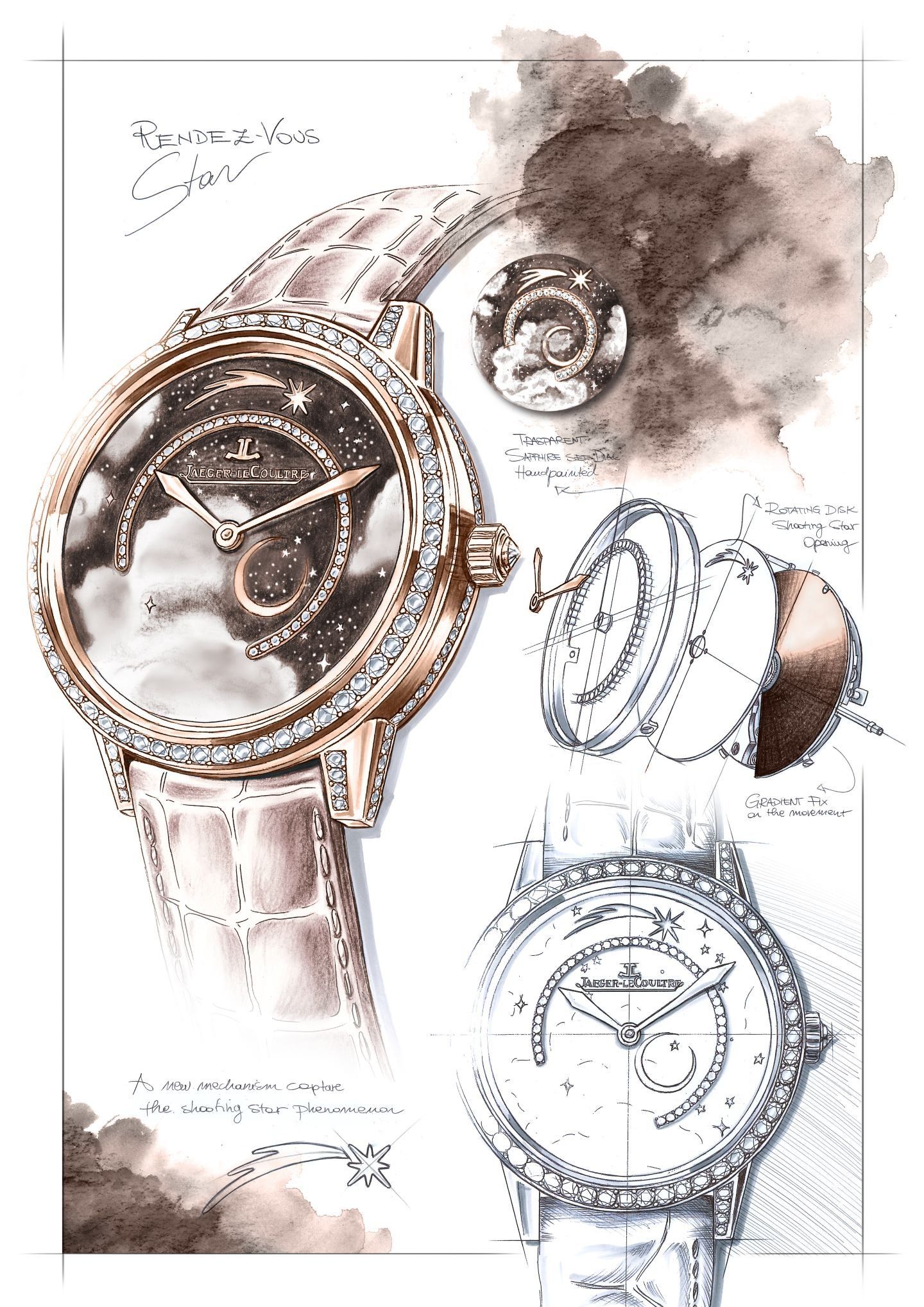
The star follows a curved route across the upper dial as the disc rotates when the mechanism is triggered. In passing, the cut-out exposes the dial's innermost layer: a stationary disc of silvery or golden metal with a brilliant gradient finish that emphasises the impression of motion.
Since everything in the world of horology seems to be expressed through carefully calibrated, mathematical rhythms, the challenge of designing a mechanism to express an unpredictable phenomena is exciting.
REVERSO HYBRIS MECHANICA CALIBER 185
Six years in the making, the Reverso Hybris Mechanica Caliber 185 integrates Jaeger-LeCoultre's watchmaking expertise with cutting-edge astronomical displays. It's the only timepiece ever made that has four independent time displays. The world's first wristwatch to provide such a profound reading of the cosmos, the Hybris Mechanica Quadriptyque incorporates three displays of lunar information on the interior face of the iconic Reverso cradle (the synodic cycle, the draconic cycle, and the anomalistic cycle) to predict the next global incidence of astronomical events like supermoons and eclipses.
Inspired by the creative construction of the original Reverso, Jaeger-LeCoultre developed a mechanical system that allows the watch's secondary movement, the Caliber 185, to keep time and synchronise its indications with those of the primary movement at the stroke of midnight every day.
ATMOS TELLURIUM
Engineers and watchmakers at Jaeger-LeCoultre Manufacture developed a new complication for the Atmos Hybris Mechanica Caliber 590 that more accurately reproduces the real cycles of the Earth, Sun, and Moon. This fascinating perpetual clock that operates on air features a remarkable mechanism that displays the three-dimensional, real-time motions of the Earth, Moon, and Sun.
This timepiece, known as the Atmos Tellurium, is the most intricate Atmos clock ever made. Its design and construction push the boundaries of precision and complexity, and its intricate and architecturally beautiful mechanism naturally inspired the craftspeople of Jaeger-Métiers LeCoultre's Rares® atelier. By devoting a wide range of their craft skills to its decoration, the Atmos Hybris Mechanica Caliber 590 has been transformed into a sublime work of art as well as an outstanding timekeeping device. This includes everything from miniature painting and laser engraving to lacquer work and meteorite inlay.
POLARIS PERPETUAL CALENDAR
The perpetual calendar is one of the most difficult, practical, and highly sought-after complications in horology, and Jaeger-LeCoultre is the first to add it to their Polaris line. Taking design influences from the Polaris Mariner Memovox, the Polaris Perpetual Calendar features a gradient blue lacquer dial to emphasise its sporting elegance. The perpetual calendar and rotating inner bezel are hallmarks of the Polaris collection, and the new in-house movement Jaeger-LeCoultre Caliber 868AA adds a display of the moon phases in both hemispheres and an extended power reserve of 70 hours.
Since its debut in 2013, Jaeger-in-house LeCoultre's perpetual calendar movement has been refined into the new Caliber 868AA, which is featured in the company's Polaris Perpetual Calendar. It has been significantly modified and updated to reflect the Manufacture's cutting-edge technical developments, including the addition of a retrograde display of Southern Hemisphere moon phases to complement the traditional display of Northern Hemisphere moon phases and an increase in power reserve to 70 hours. The rotating inner bezel, a Polaris hallmark, provides a useful feature of tracking elapsed time in addition to the calendar indications.
The Polaris Perpetual Calendar borrows design ideas from the Polaris Mariner Memovox, including a gradient blue lacquer on the dial. The gradual shift from light to dark blue subtly alludes to the relationship between astronomical events and the passage of time.
Just like the perfect marriage between tradition and philosophy, Jaeger-LeCoultre’s exhibit in Dubai will give you a taste of the cosmos and fine watchmaking.
No articles found

